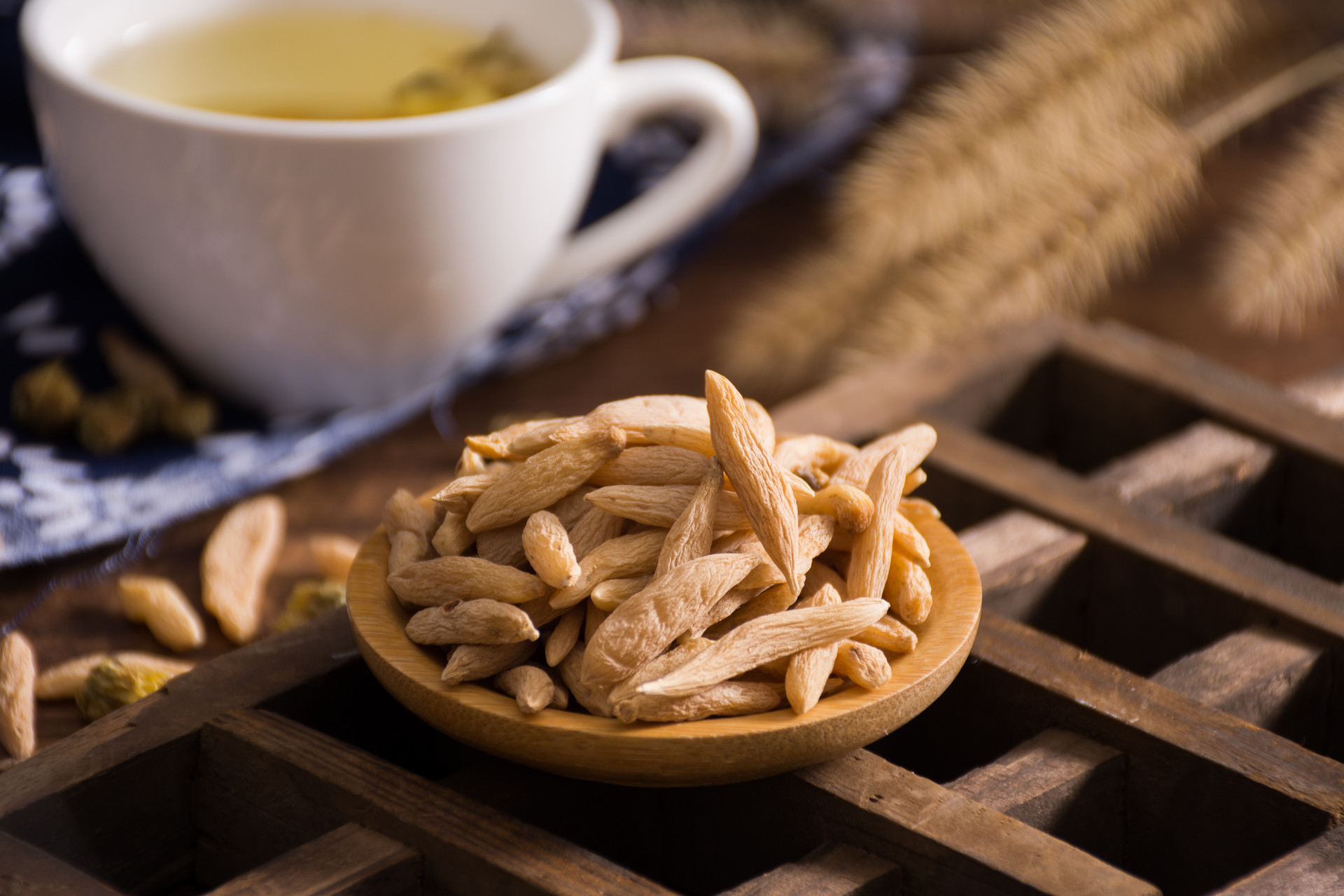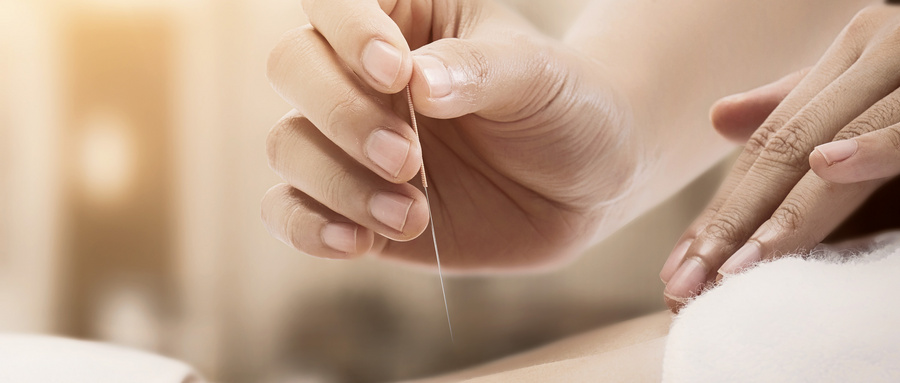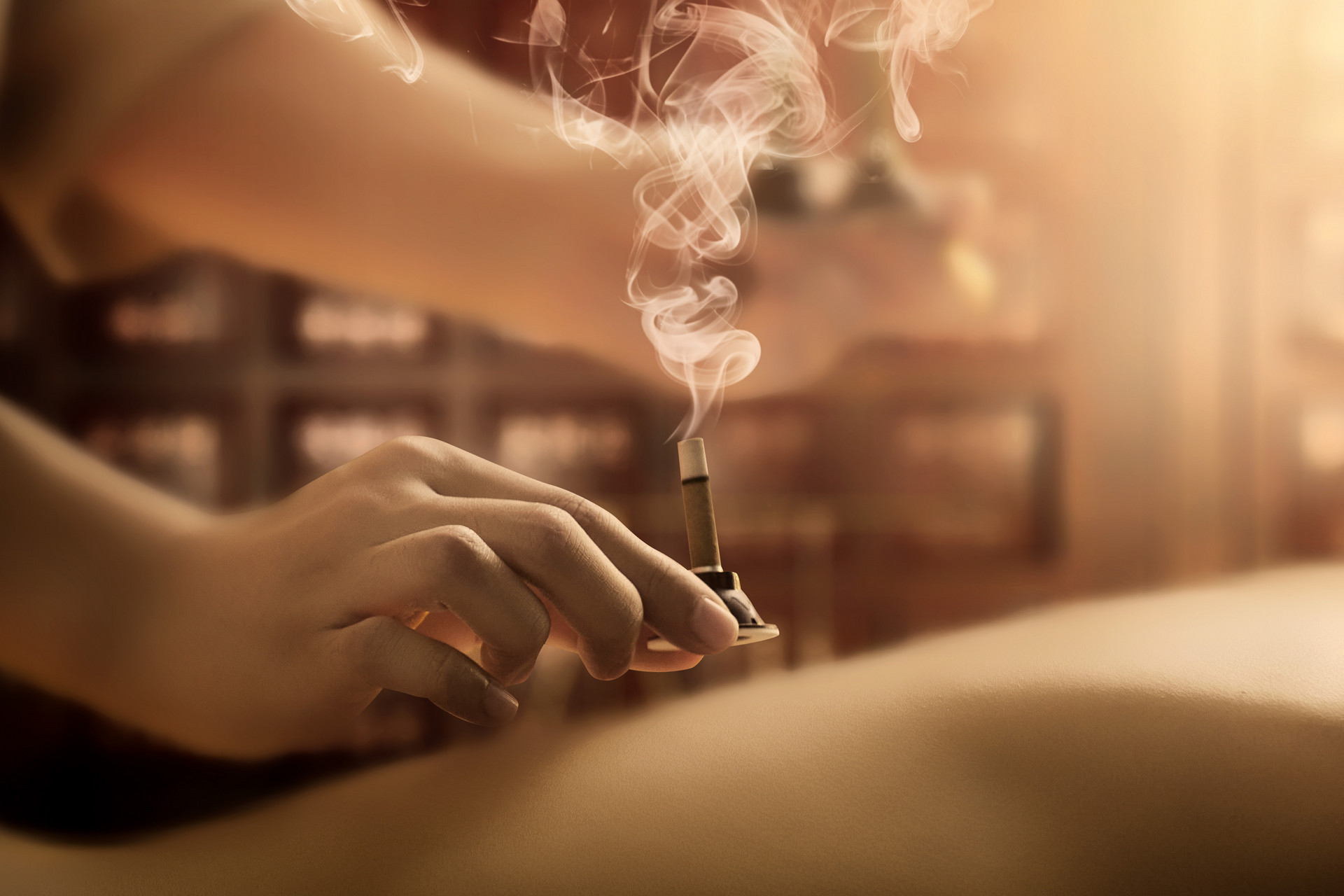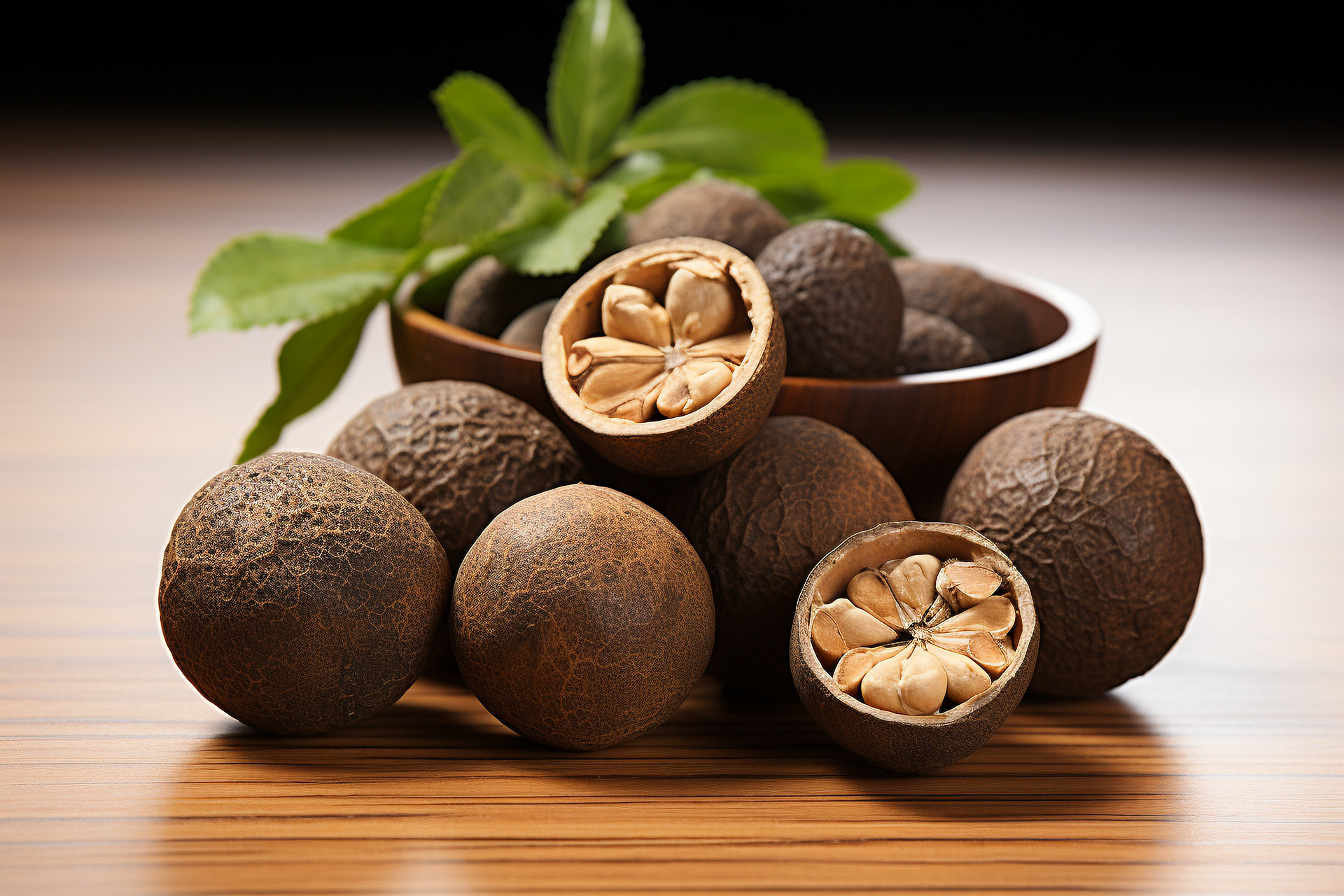Gubenxue, also known as Shenjiang, Houjiang, and Maojiang, is the rhizome of the water dragon bone plant of the family Equisetaceae. It is warm in nature, bitter in taste, and enters the liver and kidney meridians. It has the effects of nourishing the kidneys and strengthening the bones, and relieving pain and promoting healing. It is used to treat kidney deficiency and lumbago, chronic diarrhea due to kidney deficiency, tinnitus and deafness, loose teeth, falls and sprains, and bone fractures. It can also be used externally to treat bruises, alopecia areata, and vitiligo. According to "Bencao Jing Shu," it is said, "Gubenxue mainly treats blood stasis, stops bleeding, and repairs injuries. It can prevent stasis from lingering and prevent flow from going astray. It repairs injuries as if they have never occurred." Modern pharmacological studies have shown that its decoction can stimulate compensatory proliferation of chondrocytes in bone joints, promote bone healing, and reduce the incidence of bone and joint diseases. The contained dihydroflavonoid glycosides can increase the beating frequency of cardiac cells, make contractions stronger, and have a pacemaker effect on myocardial cells. It can significantly prevent the rise of serum cholesterol and triglycerides and prevent the formation of atherosclerotic plaques in the aortic wall.
In clinical practice, it is often combined with Duzhong, Fuzi, Shan Zhuyu, etc., to warm the kidneys, strengthen the waist, and strengthen the bones. It can be combined with natural copper, roasted turtle shell, and myrrh to treat tendon injuries and persistent pain. For kidney deficiency causing deafness and tinnitus, it can be used together with Shudi Huang, Shan Zhuyu, Fuling, Mudanpi, and Ze Xie. When used externally for bruises, sprains, fractures, and swelling and pain, it can be mixed with an equal amount of mashed ginger and applied to the affected area. For joint dislocations and fractures, it can be mixed with smashed Langleipi and an appropriate amount of flour to form a paste, which can be applied to the injured area. It should be noted that it should be used with caution in cases of yin deficiency and internal heat or absence of blood stasis.











